- Learning time
- 10 minutes
- First play time
- 30 minutes
Rolling America
Designed by: Hisashi Hayashi
Rolling America is a game of dice-rolling that doesn’t involve moving any pieces – instead you are filling up spaces on a map.
The game comes with a pad of identical maps loosely based on the USA that are divided into the fifty states, over six different-coloured regions. You also get a bag of seven dice, six of them matching the colours on your map, and one ‘wild’. Each player is given a map, and the game begins.
Over eight rounds six dice are rolled – they come out of the bag two at a time. Everyone then assigns the numberson the dice to the states of the matching colours on the map: for instance, if the green die rolled a four, you might choose to assign that number to Texas, as it’s in the green region. You simply write ‘4’ in that region. Another two dice are rolled, and another, and after six dice have been rolled and assigned, the role dice return to the bag and a new round begins. (If the wild die is rolled, you can choose which colour to assign the number to)
Which might sound like a not-altogether-glorifed spreadsheet, but of course, there is a catch. When you assign numbers they cannot be more than one digit different from their neighbour. So, if we’ve put ‘4’ in Texas, all the states neighboring it can only be the numbers 3, 4, or 5. Which means as the game continues your map becomes cramped with spaces that will only fit one number of a particular colour, or no number at all!
If you can’t assign a particular die, you have to put a cross into one of the territories in the matching colour (crosses are bad).
There are some things you have to help you, also displayed on your pad. There are three each of guards, dupes and colour-changes on your pad, and as you use them up you must cross them off. When you play a guard, simply circle the number you’re assigning – the number inside is now irrelevant as far as your neighbouring territories are concerned and you can ignore the adjacency rule. Dupes allow you to assign a die of your choice twice, and color-changes as you have probably guessed, let you assign a number from one colour die to a different coloured region.
As the game closes out cries of frustration will be heard around the table as more and more crosses appear. Any empty spaces after the end round also pick up crosses, and the player with the fewest crosses wins.
(Also available are Rolling Japan and Rolling World, although they do not have the guard and dupe options – though you could of course simply draw them on yourself!)
The guru's verdict
-
Take That!
Take That!
None from the other players. Plenty from fate.
-
Fidget Factor!
Fidget Factor!
Play is simultaneous.
-
Brain Burn!
Brain Burn!
Low: there are only ever 2 decisions to be made (plus the optional choices of guards/dupes/colour-changes).
-
Again Again!
Again Again!
It's not a game with a variety of strategies, but it's short, fun, and the dice ensure randomness. We've put 1-12 players here but actually you can play as many people as you like, as long as you have enough maps to go around.

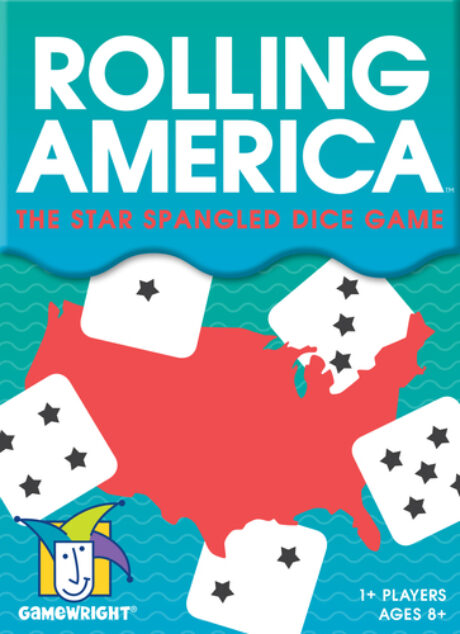
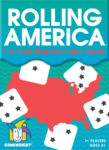
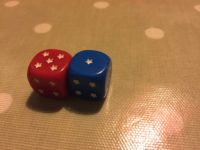

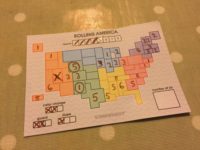


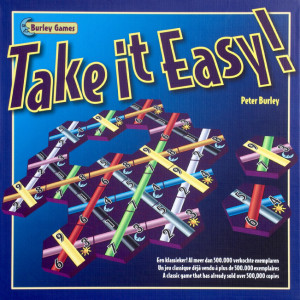
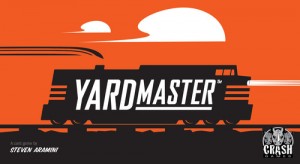
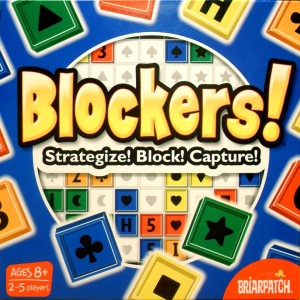
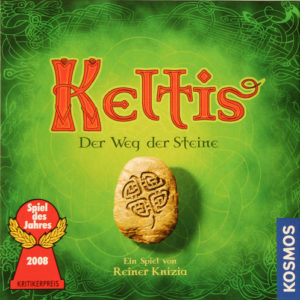
Sam says
One of my favorite abstract games is Take It Easy, and the Rolling games are basically a dice-rolling alternative: hoping to fill up as many spaces as you can, as productively as you can. First appearances don't shout 'fun' in the way some games do; but a play reveals why the game works, as people become obsessed with rolling a red four or curse their lack of guards. I like it.